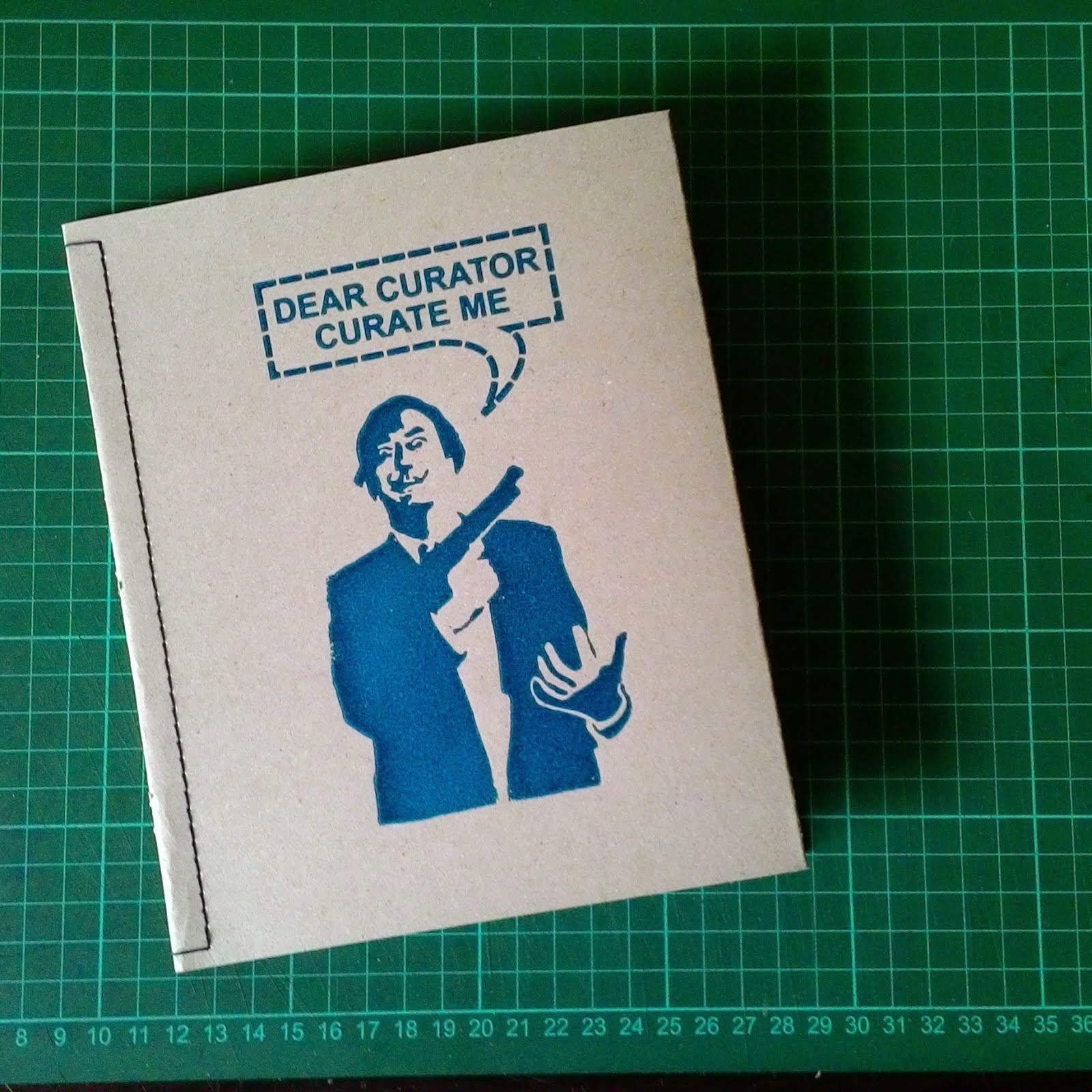Lawangwangi Art and Science Estate organized the second edition of the Bandung Contemporary Art Awards (BaCAA for short; http://www.artsociates.com/BaCAA/). These awards give young and emerging artists from Indonesia (below the age of 40 and with some exhibitions under their belt) the opportunity to gain a head start in their professional careers as artists by providing financial rewards and the opportunity to participate in residencies abroad and make an exhibition.
Carla Bianpoen reviewed the exhibition of the 24 finalists in the Jakarta Post (“Art awards break new ground once more,” 13 April 2012; http://www.thejakartapost.com/news/2012/04/13/art-awards-break-new-ground-once-more.html). However, sometimes questions are raised by what is not stated. A member of BaCAA’s jury wrote this review essay, which Bianpoen and her editor did not mention, and a disclaimer could have avoided questions.
Bianpoen writes that Lawangwangi appointed “a Board of Jurors, deviating from the usual format of curators only, and consisting of a mix of artists, curators, collectors and a journalist.” Bianpoen is this juror cum journalist. That we play many different roles in society is one thing, but it raises questions if we try to combine those different – and perhaps conflicting – roles at the very same time.
In her review essay, Bianpoen-the-writer seems to say something different from Bianpoen-the-juror. The jury awarded Yusuf Ismail’s video installation ‘Eat Like Andy’ the first price. However, in her essay Bianpoen dedicates far more space to the runner-up: Eddy Susanto and his work ‘The Java of Dürer’, which could very well imply that she actually favored the latter over the former.
Bianpoen’s essay does not mention if the BaCAA jury published a report for the public to read how the decisions had been justified and if some jurors had dissenting opinions. Bianpoen’s dual role raises further questions. Did any of the collector-jurors have a stake in who would win this competition? One curator-juror on the board – Rifky ‘Goro’ Effendy – had made a solo exhibition with Yusuf Ismail (’Like’ at Platform3 in Bandung) just prior to BaCAA. Did any of the collectors who bought Ismail’s work at this exhibition serve on the jury?
I am, of course, not implying that a jury for an art award can ever be neutral. However, if the jury does not communicate its motivations properly it could cause resentment among participating artists. It is neither in the interest of BaCAA nor in the interest of participating artists if the impression arises that awards go to those artists with established links and who have assumedly marketability.
Moreover, Bianpoen does not mention the criticism Ismail’s artwork received after he was announced the winner. Ismail implies he appropriated an artwork by Andy Warhol. However, it was not Warhol who made this particular work. It wasn’t even a work of art. Warhol merely participates in a documentary by the Danish filmmaker Jørgen Leth (‘66 Scenes from America’, 1982), information Ismail did not mention.
The contemporary art community is relatively small in Indonesia; it is, therefore, out of necessity that individuals in this community have to improvise and perform several, different roles. That being said, it is important to disclose information about overlapping roles to avoid the notion that conflicts of interests could be at play. This is vital since contemporary art is starting to have a certain image: it is supposedly all about the money, so it is often claimed.
The exhibition of the 24 finalists will be shown in Ciputra Marketing Gallery, Jakarta, on April 17 before the works will be auctioned the next day to be able to finance the next edition of BaCAA. The works on show give a very good indication of the recent developments in the contemporary arts in Indonesia. This exhibition certainly provides confidence in the future. And while financial sustainability is important to be able to continue BaCAA, we should not forget that these awards are about the artists and their artworks. And finally, if BaCAA aims to provide opportunities to artists it should also be in the form of increasing general appreciation for the arts, which means that we should deal honestly with issues of jurors’ multiple roles, artists’ work ethics and the art market.
The public relations officer of the gallery should announce the auction through a press release. This is not the job of an art critic when writing a review of an exhibition. Carla Bianpoen, though, champions a passion for the arts through her many writings for, among many other publications, the Jakarta Post, C-Arts Magazine and Tempo Magazine, a passion we all should share. And to increase the audience for exhibitions, the media in Indonesia should dedicate more space for contemporary art without seeing art merely as a form of entertainment or life style (and not every art review needs to be polite or positive).
PS








No comments:
Post a Comment